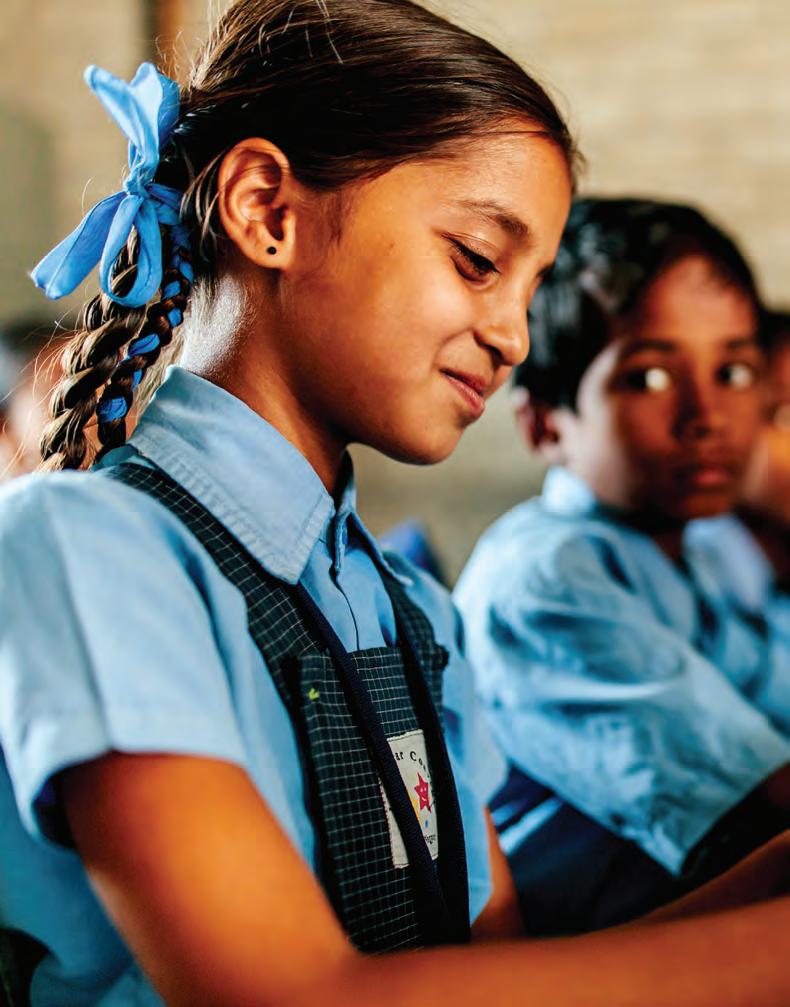
2 minute read
The Education dilemma
The education dilemma PHOTO ESSAY | EDUCATION
Poverty is a complex problem, and it requires multi-faceted solutions to address it. Over the course of our microfinance-based work, Opportunity staff recognised that many women who took out small loans had been setting aside portions of it to pay their children’s school fees – preventing them from investing in their businesses. For these parents, their children’s education was their priority, but the costs meant they often had to choose between paying school fees and costs— even for the most basic government education—and properly feeding their families – a terrible dilemma. To combat this, Opportunity developed a new type of loan – one specifically tailored to help parents invest in their children’s education. School fee loans now allow parents to pay for their children’s school fees in full at the beginning of the year, and making small and achievable repayments throughout the year. School fee loans can be taken out concurrently with a small business loan, allowing families to increase their income while still providing their children with the education they need to break the poverty cycle for good. In addition, Opportunity also provides school improvement loans to schools themselves. School improvement loans allow the school to purchase equipment, renovate classrooms, build hygienic toilet blocks, and purchase education supplies. Furthermore, the EduQuality program provides training and mentoring to the school leadership to ensure schools provide quality education that will make a life-long difference to its students. School fee loans relieve the burden on families.

It’s not enough for kids to be going to school – they need decent education when they’re there. This is why education finance is such a powerful solution.” Andrew McCusker, Head of Education Finance, Opportunity International

Students and staff at a school in Nagpur, India. With the assistance of School Improvement Loans, schools can access financial services that improve the quality of the education they provide. Schools use their loans to buy textbooks, build toilet blocks, purchase materials, and invest in teacher salaries, allowing for the students to receive an education that will equip them to build a future without poverty. All photos: ©Kim Landy











